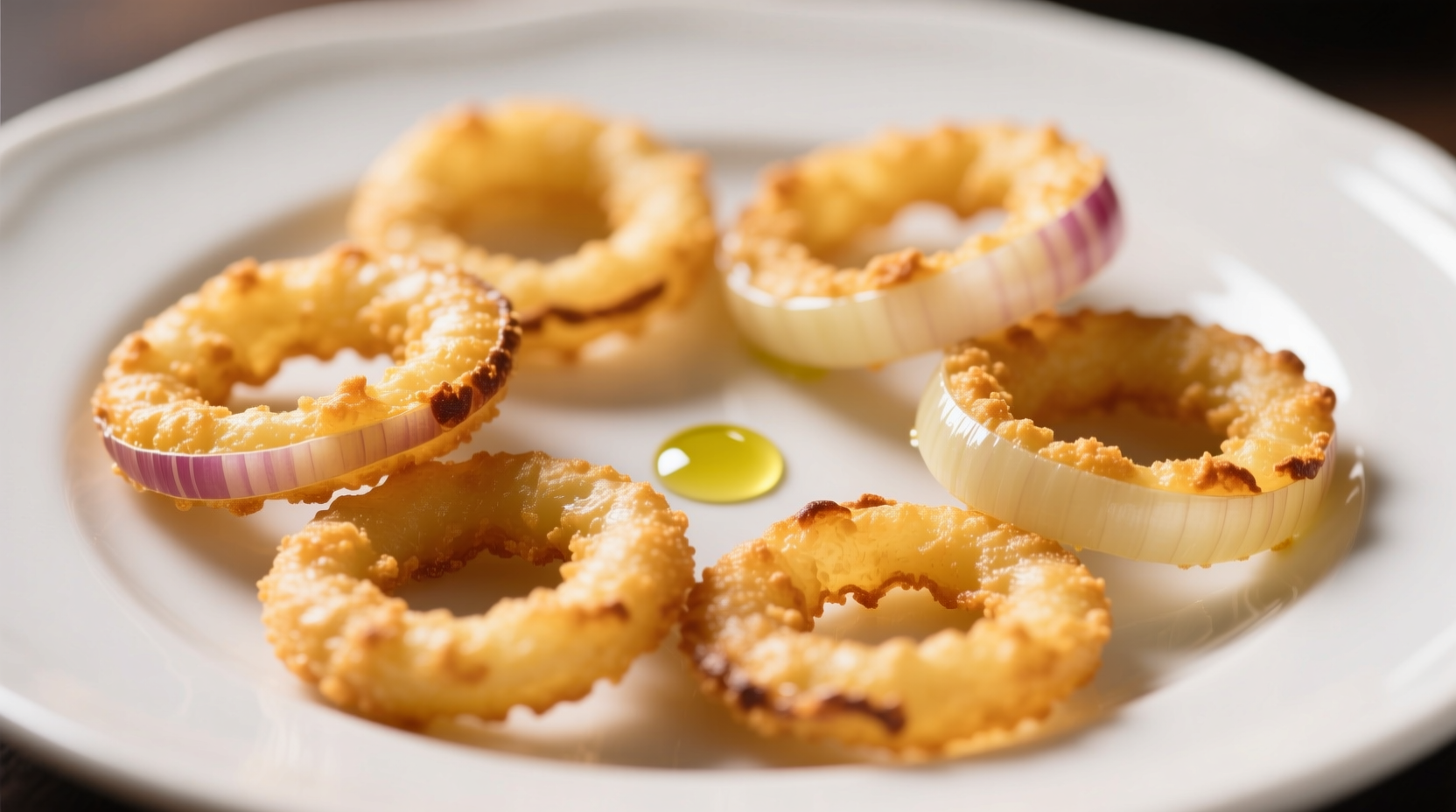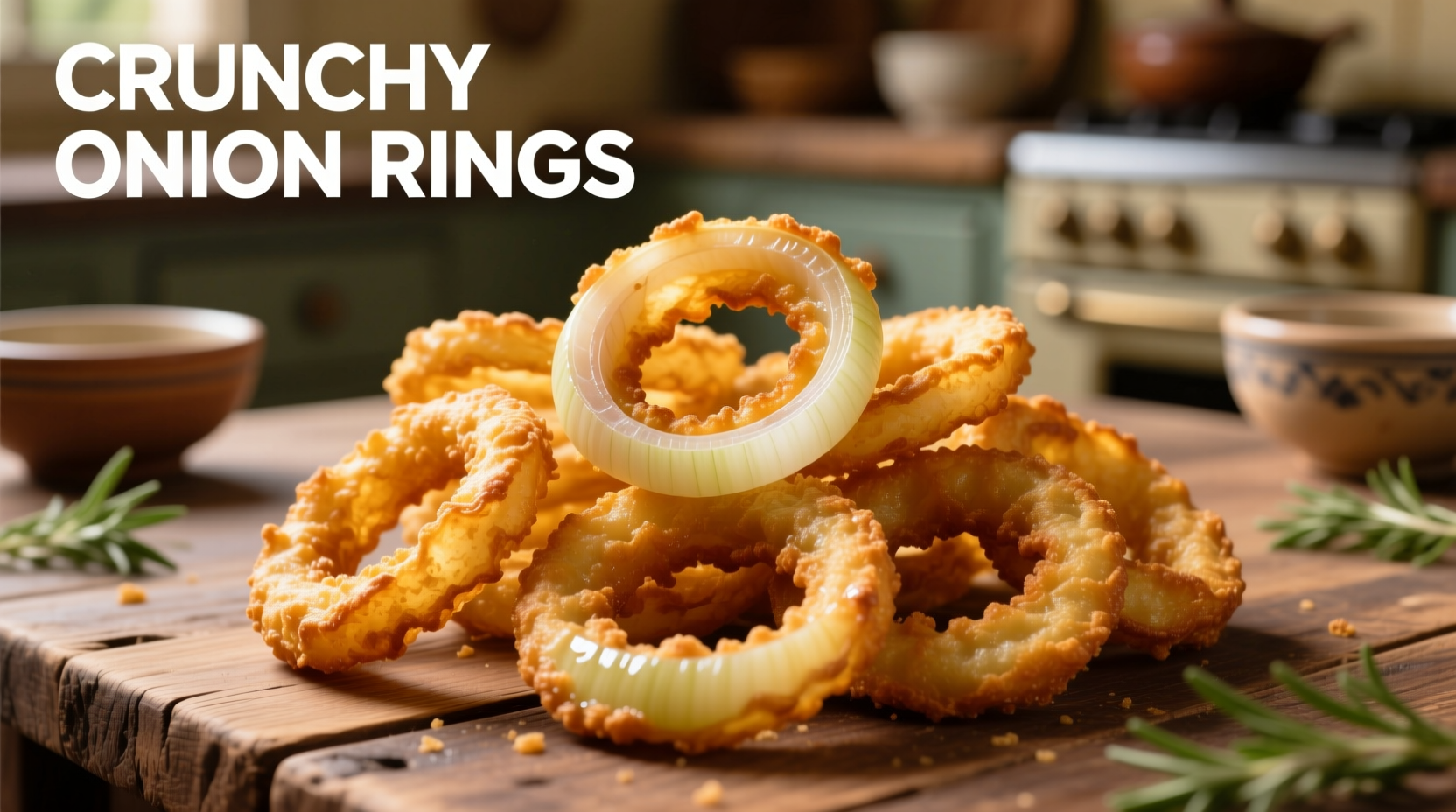What Exactly Are Onion Ring Chips?
Onion ring chips represent a modern evolution of classic onion snacks. These thin, crispy discs are created by slicing onions into paper-thin rounds, dehydrating them, and then either baking or lightly frying to achieve maximum crispness. The dehydration process concentrates the natural sugars in onions, creating an intense flavor profile that regular onion rings can't match.
Unlike their battered counterparts, onion ring chips contain no flour-based coating, making them naturally gluten-free (though always check packaging for potential cross-contamination). This preparation method preserves more of the onion's nutritional value while delivering that irresistible crunch snack lovers seek.
How Onion Ring Chips Are Made: From Farm to Bag
The manufacturing process for commercial onion ring chips follows a precise sequence that maintains flavor while ensuring shelf stability:
| Production Stage | Time Required | Key Process |
|---|---|---|
| Onion Selection | Continuous | Yellow sweet onions preferred for optimal sugar content |
| Slicing | Seconds per onion | Mechanical slicers create uniform 1-2mm thickness |
| Dehydration | 4-6 hours | Low-temperature drying preserves nutrients and flavor |
| Cooking | 2-3 minutes | Air-frying or light oil frying for crisp texture |
| Seasoning | Immediate post-cooking | Light dusting of sea salt and natural onion powder |
This specialized production method, documented by the USDA's Agricultural Research Service, creates a snack with approximately 30% less fat than traditional battered onion rings while maintaining the characteristic onion flavor profile (USDA ARS, 2023).
Onion Ring Chips vs Traditional Onion Rings: Key Differences
Understanding the distinction between these two onion-based snacks helps consumers make informed choices:
- Texture: Chips offer uniform crispness throughout, while traditional rings have a soft interior with crispy exterior
- Calorie content: A 1-ounce serving of chips contains 130-150 calories versus 250-300 for battered rings
- Nutritional value: Chips retain more natural onion nutrients due to minimal processing
- Allergen profile: Most commercial chips are naturally gluten-free (verify packaging)
- Flavor intensity: Dehydration concentrates onion flavor in chips

Nutritional Profile and Health Considerations
According to USDA FoodData Central, a standard 28g (1 ounce) serving of plain onion ring chips typically contains:
- Calories: 140
- Total fat: 6g
- Sodium: 200mg
- Carbohydrates: 22g
- Dietary fiber: 3g
- Sugars: 5g (naturally occurring)
- Protein: 3g
Compared to traditional onion rings, chips generally contain 40% less sodium and twice the dietary fiber. The American Heart Association notes that baked vegetable chips can be part of a balanced diet when consumed in moderation (AHA, 2024).
Popular Brands and Where to Find Them
Several reputable brands have mastered the onion ring chip formula:
- Thincredibles: Known for their ultra-thin, intensely flavored chips made from 100% onions
- Onion Brothers: Offers both original and seasoned varieties with minimal ingredients
- Earth Balance: Vegan-friendly option with organic certification
- Trader Joe's: Their seasonal offering features a light sea salt finish
These products typically appear in the specialty snack aisle of major grocery chains, health food stores, and online retailers. When selecting brands, check for minimal ingredients—ideally just onions, oil, and salt without artificial preservatives.
Simple Homemade Onion Ring Chips Recipe
Creating your own onion ring chips ensures maximum freshness and control over ingredients. Here's a professional chef-tested method:
Ingredients
- 2 large sweet onions (Vidalia or Walla Walla preferred)
- 1 tablespoon olive oil or avocado oil
- ½ teaspoon sea salt
- Optional: ¼ teaspoon garlic powder or smoked paprika
Equipment
- Mandoline slicer (1-2mm setting)
- Parchment paper
- Cooling rack
Instructions
- Preheat oven to 225°F (110°C) or use dehydrator at 135°F (57°C)
- Slice onions uniformly using mandoline (wear protective eyewear)
- Toss slices gently with oil and seasonings
- Arrange in single layer on parchment-lined baking sheet
- Bake for 1.5-2 hours until crisp, flipping halfway through
- Cool completely on rack before storing in airtight container
Professional tip from culinary experts: Soaking sliced onions in ice water for 10 minutes before baking reduces sharpness while maintaining crispness. The Academy of Nutrition and Dietetics confirms that proper home preparation preserves more nutrients than commercial frying methods (AND, 2023).
Creative Ways to Enjoy Onion Ring Chips
Move beyond simple snacking with these chef-recommended applications:
- Salad topper: Crush chips over green salads for added texture
- Soup garnish: Float whole chips on creamy soups for visual appeal
- Dip accompaniment: Pair with Greek yogurt-based dips for protein boost
- Casserole topping: Substitute for fried onions in green bean casserole
- Cocktail garnish: Skewer with olives for sophisticated martinis
Storage Tips for Maximum Freshness
Proper storage maintains crispness and flavor:
- Store in airtight container with silica gel packet to absorb moisture
- Keep away from direct sunlight and heat sources
- Consume within 2 weeks for optimal freshness (commercial) or 5 days (homemade)
- Revive stale chips by baking at 300°F for 3-5 minutes
Remember that humidity is the enemy of crispness—these snacks perform best in dry environments. The Institute of Food Technologists confirms that relative humidity below 60% preserves vegetable chip texture longest (IFT, 2024).











 浙公网安备
33010002000092号
浙公网安备
33010002000092号 浙B2-20120091-4
浙B2-20120091-4